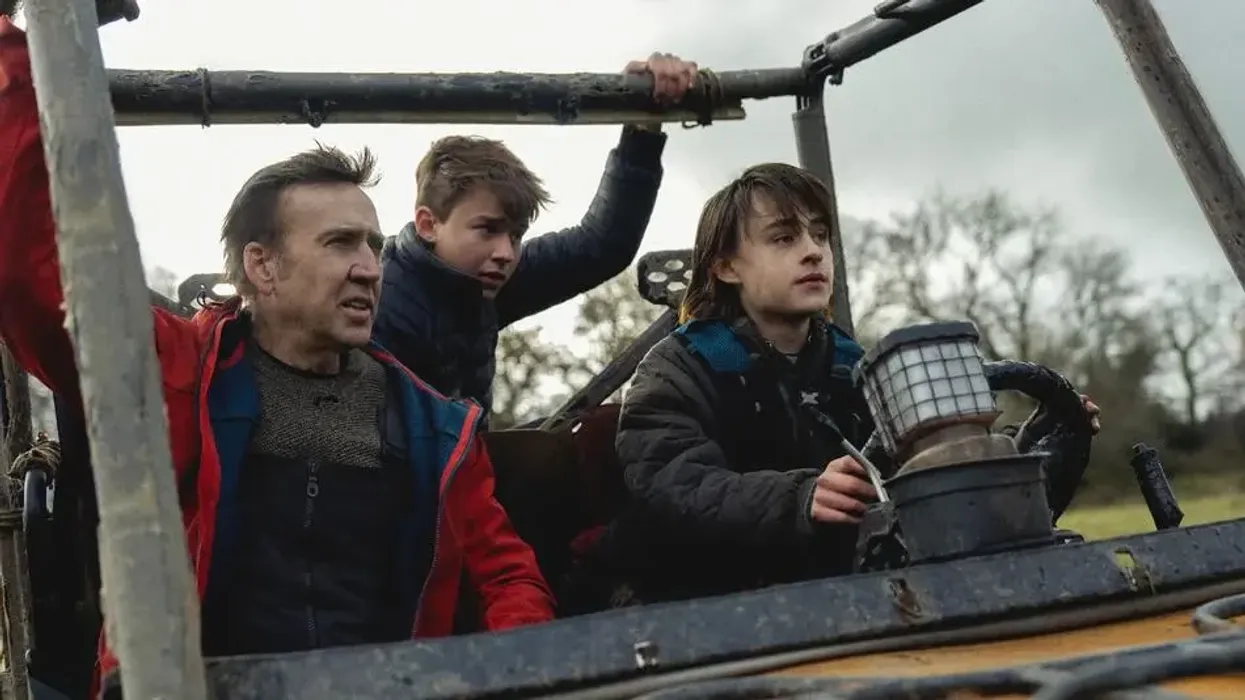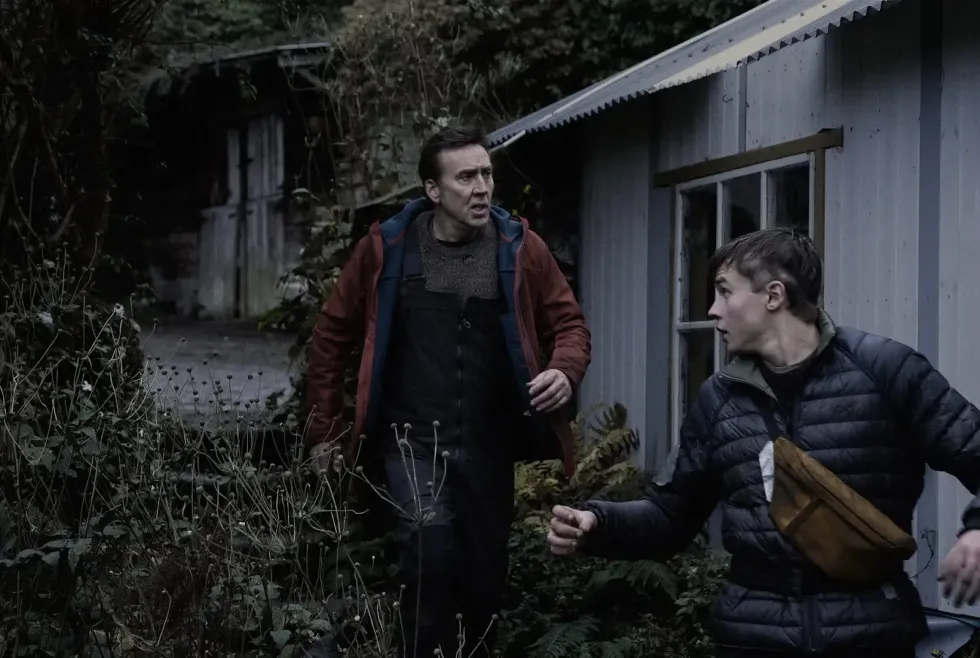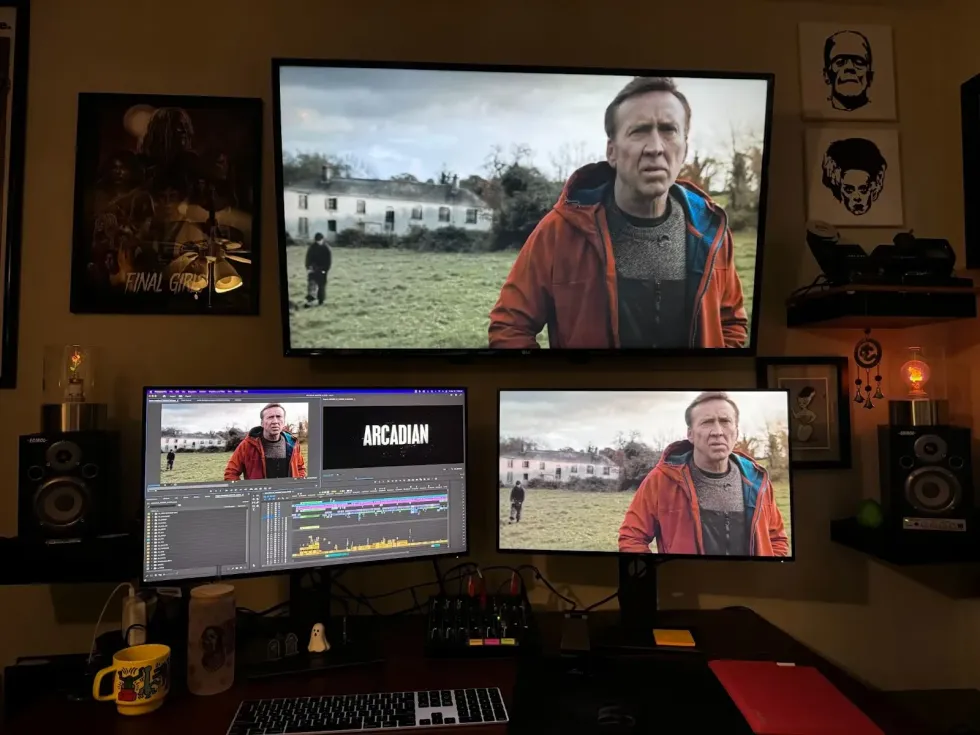7 Important Lessons All Filmmakers Should Learn About Shooting 4K
Sundance filmmakers discuss the benefits and limitations of shooting 4K in the current documentary landscape.

Shooting in 4K is almost a given in the narrative film world, but not so much when it comes to making documentaries. Hot Girls Wanted: Turned On DPs Ben Bloodwell and Bryan Donnell and Strong Island DP Alan Jacobsen sat down with IndieWire at the Sundance Canon Creative Studio to discuss working with 4K as a documentary cinematographer, from the role resolution plays in non-narrative filmmaking to the challenges of shooting 4K with a small crew. The lessons they provide apply not only to documentary filmmakers, but to all filmmakers.
You can watch the whole conversation here, and below are our top seven takeaways:
1. Pick the right camera for your project
Bloodwell described what it was like receiving the list of approved cameras for Hot Girls Wanted from Netflix, saying that it fit the bill for a larger scale project that requires 4K, but not for the requirements of the more intimate, verité look of their show.
I swear, it must've been the camera list from like House of Cards—it's 4K, it's RAW. And we're looking at it—talking at the same time about the subject matter and talking about shooting in this way that's very photojournalistic and verité—it requires a very small crew and a small camera.
In the end, they were able to convince the executive producers to allow them to shoot on the Canon C300 Mark II, which is really important because, as Bloodwell explained, the camera can change the kind of project you're working on. There is no such thing as the perfect camera, just cameras that are better suited for different kinds of projects.

2. You can always build up a small rig
Donnell made a great point when asked why he went with the C300 Mark II. He explained that small rigs like it can always be built up or stripped down if you need them to be. If your project requires it, you can add monitors, battery packs, and all of the add-ons you can imagine to create a massive Frankencamera setup, but if your goal is intimacy and efficiency, larger rigs are going to take some of those options away simply due to their size and requirements, like data storage. Keep in mind, as Jacobsen describes it, "how you enter the room" with your camera: Is it imposing? Is it subtle? Does it matter?
"That's one thing that hopefully never changes, that no matter how many pixels there are, the artistic intent is always respected."
3. 4K might be more efficient during shoots
Shooting in 4K isn't just about making beautifully crisp and clear images, it's also about being able to crop when you need to. This is a lesson Jacobsen stumbled upon while shooting Strong Island, a documentary that investigates the violent death of filmmaker Yance Ford's brother. He explains how he and his team decided to switch to 4K in the middle of shooting after realizing they could crop overhead shots of Ford placing old photographs, which made their workflow a hell of a lot faster since they didn't have to touch the camera rig between shots.

4. Media management is key if you're shooting in 4K
If you're used to shooting in HD, 720 or 1080, media management might be something you do sporadically throughout the day as needed. However, 4K is a whole other animal and requires a dedicated plan for dealing with the deluge of data you'll be capturing. This is an important factor to keep in mind if you're an indie filmmaker who typically works on small crews, especially if you've never considered hiring a DIT to manage all the data coming in.
5. Find out which features matter most to your project
A camera that allows you to shoot in 4K is great. Resolution is a big creative factor to consider before choosing your camera, but it's not the only one. There are other, potentially more important features you should consider, like latitude, dynamic range, form factor, and sensor size, because even if you've got a camera that shoots beautiful 4K images, it won't do you much good if, say, there isn't enough light to capture it in. Thankfully, many of the newer 4K cameras that have come out in the last couple of years take these important specifications into consideration, but it's still imperative to measure the value of a camera based on the needs of your project, rather than its own list of features.
6. Times are always a-changin'
An interesting point brought up by the panel is that, though the current discussion centers around the merits and limitations of shooting in 4K, every point they made may become moot next year. This is because the technology is often advancing faster than any of us can move, so while we're all talking about the challenges of 4K data management, shooting in low light, and choosing between a camera with high resolution or a small form factor, the industry is hard at work creating a camera that will mitigate all of it.
7. There's more to cinematography than resolution
Perhaps one of the biggest worries any cinematographer has as they look into the future is, "Will my work eventually look dated?" It's a legitimate fear considering how much emphasis the film industry puts on resolution, but Bloodwell, Donnell, and Jacobsen all shared a similar sentiment: In the end, it's more about the artistic value of the work, rather than whether or not it was shot in 4K, 8K, or whatever K is coming down the pike. Jacobsen said it best: "That's one thing that hopefully never changes, that no matter how many pixels there are, the artistic intent is always respected. That's where we need to be."
For more, see our complete coverage of the 2017 Sundance Film Festival.
Source: IndieWire
















